#Cingulata
Text

Giant Armadillo (Priodontes maximus), family Chlamyphoridae, found in northern central South America
The largest species of armadillo, weighing up to 80 kg (180 lb), and reaching a length of up to 100 cm (39 in) (length w/o tail).
photograph by ICAS 2023
504 notes
·
View notes
Text


#animal polls#poll blog#my polls#north american wildlife#central american wildlife#south american wildlife#wildlife#armadillo#nine-banded armadillo#Cingulata#mammalia#mammals#mammal
28 notes
·
View notes
Text
Taxonomy Tournament: Mammals


Didelphidae. This order is made up of the opossums, known for playing dead and in some species having prehensile tails. They are the only marsupials native to North America.
Cingulata. This order is made up of armadillos, small mammals with a leathery shell.
#animals#biology#polls#poll tournament#zoology#opossums#possums#mammals#tetrapods#armadillos#Didelphidae#Cingulata#0xfv0x70
46 notes
·
View notes
Text
Fun fact: #DYK of the 21 living species of Armadillos (Order Cingulata), only the Three-Banded Armadillos (Tolypeutes genus, 2 species) can roll up into a ball like this.

Graham Sutherland (British, 1903-1980)
Armadillo, 1968
Lithograph from the Bestiary series
6.59 x 5.00 cm
Christchurch Art Gallery Te Puna o Waiwhetū
#armadillo#Cingulata#Three-banded Armadillo#Tolypeutes#zoology#mammalogy#DYK#lithograph#print#works on paper#20th century art#British art#European art#Graham Sutherland#Christchurch Art Gallery Te Puna o Waiwhetū#animals in art
116 notes
·
View notes
Text
Kraglievichia
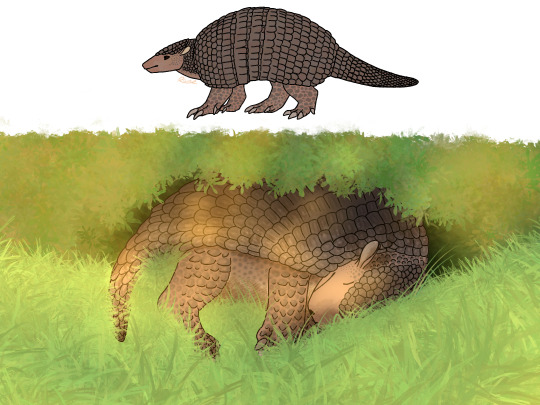
Kraglievichia was a genus of cingulate mammal from the Late Miocene to Early Pliocene periods. Its type species is K. paranense. Its second known species is K. carinatum. The known specimens were found in Argentina and Uruguay. Though initially described in 1883, Kraglievichia was not properly named until 1927.
Its autapomorphy from similar relatives is its distinct osteoderm ornamentation, which consists of significantly deep longitudinal depressions with a longitudinal central elevation. It is the most conspicuously ornamented pampatheriid known currently.
The known specimens of Kraglievichia consist of osteoderms, a left femur, and a well-preserved skull without any teeth. Due to their extreme similarity, Kraglievichia is regarded as the sister taxon to Scirrotherium, the genus that K. carinatum was originally assigned to. It was hypothesized that Holmesina evolved from Kraglievichia, but due to the fact there are no known immediate South American basal forms of Holmesina, this is unlikely. A third species, "K." floridanus, was named in 1976, but this was later found to be a species of Holmesina instead.
Citations: The 1927 description seems entirely lost, at least online; if you happen to have access to this paper please let me know. 1883 description (page 66 of pdf) as Chlamydotherium; "Scirrotherium" carinatum description; "S." carinatum reassignment.
Wikipedia article: here
#mammal#mammalia#paleoart#paleontology#artwork#original art#human artist#kraglievichia#pampatheriidae#cingulata#xenarthra#obscure fossil animals#obscure fossil mammals#obscure fossil tetrapods
11 notes
·
View notes
Photo

Southern Three-Banded Armadillo (Tolypeutes matacus)
by Josh More
#southern three banded armadillo#Tolypeutes matacus#Tolypeutes#Chlamyphoridae#Cingulata#mammalia#chordata#captive animal#minnesota zoo#armadillos
42 notes
·
View notes
Text

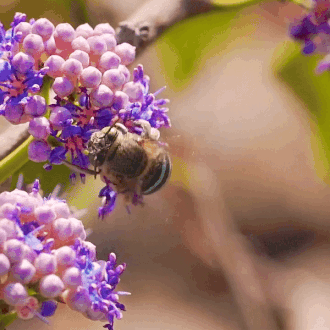

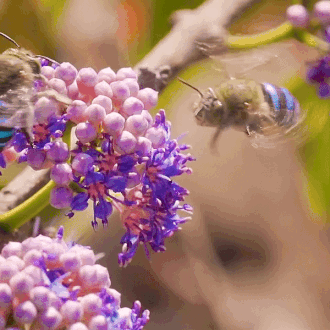
vishalvjadhav on ig
#stim#bees#insects#nature#sfw#purple#blue#black#brown#green#bugs#wings#animals#flowers#plants#blue banded bee#amegilla cingulata#ishy gifs#postish
1K notes
·
View notes
Note
Thank you for your incredibly kind words about my fic, and for the reblog! Yes I would be honored if you drew them!! The way you draw PJS and the band is pure serotonin, and I'd be thrilled to see your interpretation of what I wrote 💙💛
Just an Earthbound Misfit by Cingulata



¨That was just how they always were. Just how the band always was, really. But it was in front of a camera this time. And that got everyone's attention.¨
OhohohahahahahaaAAaaaaA!!!! And this is just the beginning!!!
Man, I said I was gonna do this, like, a hundred years ago! and I barely had the courage to start. I really pushed myself into making a fan art worthy of this job and that made me make no progress at all.
But I don’t want to wait any longer! I’m just going to chill and have fun. Of course, I hope you like it, sorry it took so long.
#just an earthbound misfit by cingulata#cingulata being the best#answering questions with silly drawings#muppets#muppets fanart#the electric mayhem#dr teeth and the electric mayhem#lips muppet#zoot muppet#otp: private jam session#lips x zoot#zoot x lips#fan art#fanfic#polymayhem
84 notes
·
View notes
Text
here is new baby Earthmover trying to move the earth... a truly sisyphean task
23 notes
·
View notes
Text
Finished reading the latest He's a Keeper chapter. We're really in it now guys.

13 notes
·
View notes
Text

Screaming Hairy Armadillo (Chaetophractus vellerosus), family Chlamyphoridae, order Cingulata, found in South-central SOuth America
photograph by Clyde Nishimura/Smithsonian's National Zoo
Listen to one here:
This Armadillo Screams So Loud | #shorts #armadillo (youtube.com)
#armadillo#hairy armadillo#chaetophractus#chlamyphoridae#cingulata#mammal#animals#nature#south america
901 notes
·
View notes
Text
@thewandererfromarles submitted: Hi! A colleague of mine found this fellow recently, located in [removed] (more specifically at the city of [removed] or at least I think so. And please hide the location, thank you ^^)
They said it has a sort of proboscis and it excreted a yellow substance, if that info helps! These are the clearer photos they got of it
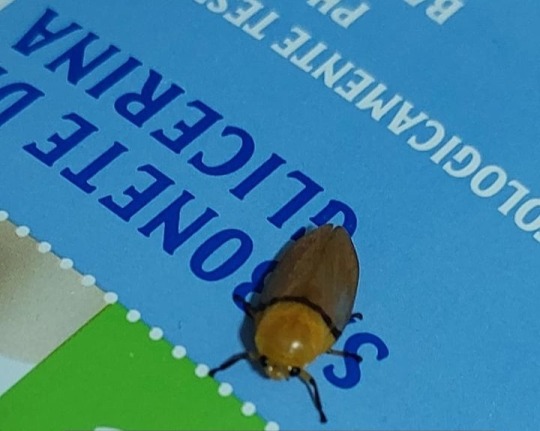
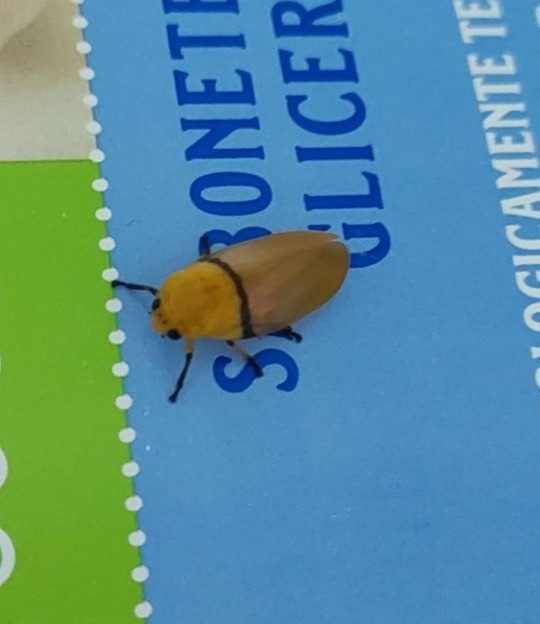
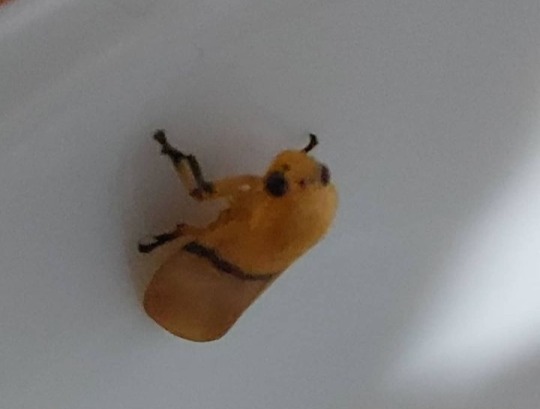
Makes sense that it had a lil mouth tube and excreted honeydew! This is normal for true bug hoppers. This little angel appears to be Monecphora cingulata, which is a type of froghopper!
163 notes
·
View notes
Text
Taxonomy Tournament: Mammals

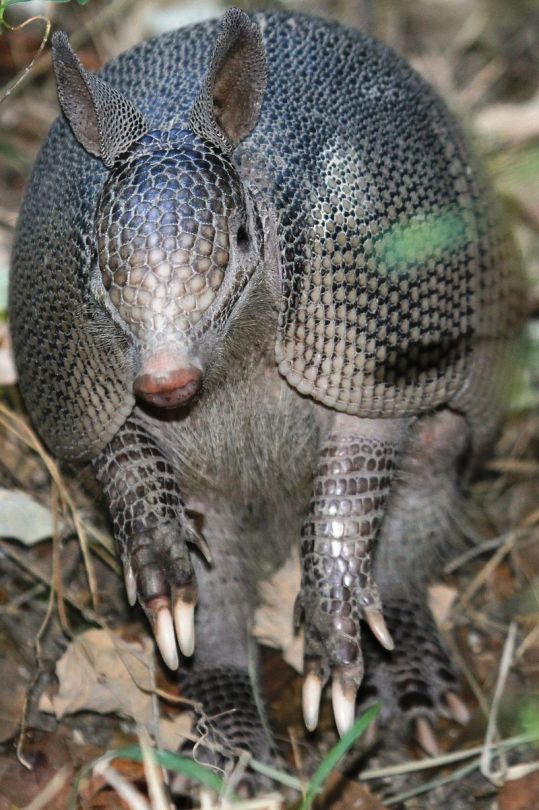
Pilosa. This order, meaning ''hairy'', is made up of anteaters and sloths.
Cingulata. This order is made up of armadillos, small mammals with a leathery shell.
#animals#biology#polls#poll tournament#zoology#anteaters#sloths#mammals#tetrapods#armadillos#Pilosa#Cingulata#0x70v0x8f#animal tournament#Animal Tournament Round 1
41 notes
·
View notes
Text
Scolopendra cingulata, Cité de la Musique, Paris
Annina Dietzenbacher - October 2023
#Annina Dietzenbacher#video#photography#videography#Scolopendra cingulata#art#cité de la musique#piano#music#classical music
6 notes
·
View notes
Text
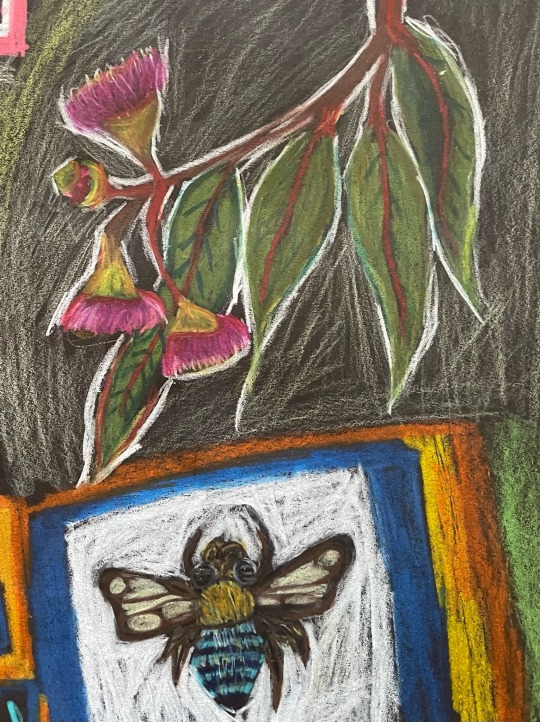
A lil native bee sketch!
This is the Blue Banded Bee!
Or Amegilla cingulata.
They’re found throughout mainland Australia!
We’ve been learning about eucalyptus trees in class so I thought I’d draw some gumnut blossoms!
8 notes
·
View notes
Photo

A Mediterranean banded centipede (Scolopendra cingulata) in Hérault, France
by Bernard DuPont
#Mediterranean banded centipede#centipedes#myriapods#invertebrates#scolopendra cingulata#scolopendra#scolopendridae#scolopendromorpha#chilopoda#myriapoda#arthropoda#wildlife: france
296 notes
·
View notes